The Royal Botanic Garden Edinburgh Nursery have been growing on some very special seeds. In 2015 seeds were gifted to the City of Edinburgh as part of the international project Mayors for Peace. The seed is from one of the Ginkgo trees that survived the nuclear blast from the bombing in in 1945. The 6th August 2020 is the 75th Anniversary of this tragedy. Mayors for Peace calls for a nuclear weapons convention that comprehensively prohibits the development, production, testing, stockpiling, or use of nuclear weapons and provides for their elimination. Even today thousands of nuclear weapons around the world stand ready to launch. The anniversary is a time to reflect.
Thirteen trees have been raised for planting out and the first three have been planted in the Botanics by Mr Nozomu Takaoka, Consul General of Japan, Head of Mission at the Consulate General of Japan in Edinburgh, Mr Dominic Fry, Chair of the Board of Trustees, RBGE, and Councillor Frank Ross, Lord Provost of Edinburgh. An interpretation panel highlights the significance of the planting.
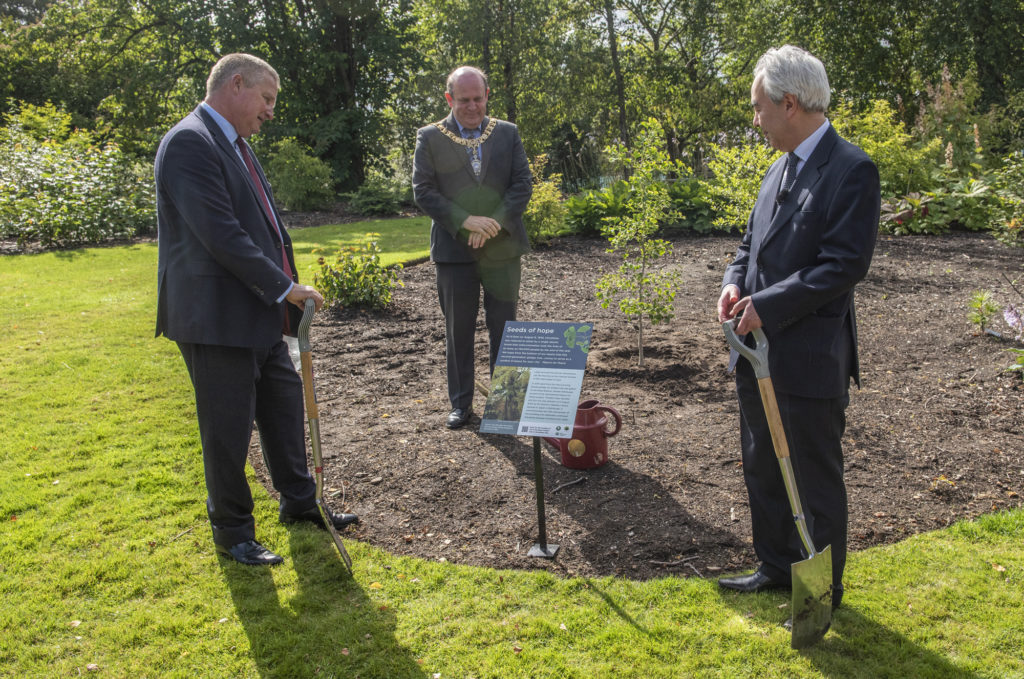
Whilst undertaking field work in Japan in 2013 we visited the Atomic Bomb Dome in Hiroshima, a partially destroyed building it has been retained as a Cenotaph for Atomic Bomb Victims and stands as a poignant reminder of the horrors of war and nuclear weapons.

The trees are being planted in the recently developed Japanese collection and make a significant contribution. The collection is situated on an area known for a long time, and still known as ‘The upper Birch Lawn’. The birch collection is now dispersed throughout the garden and the Japanese collection brings more diversity and structure to the area. Part of the rational for the redevelopment of the area was the mortality rate of the birch trees on the lawn caused by the presence of honey fungus. The switch from a taxonomic planting to a phytogeographic planting we hope will be a more resilient planting.

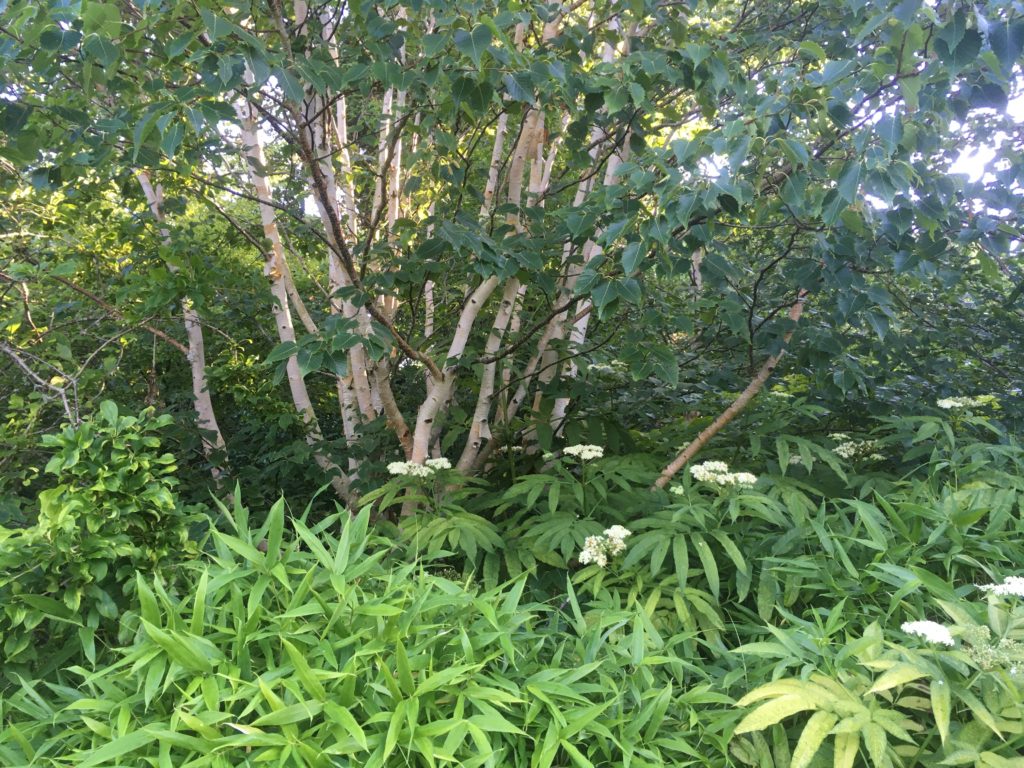
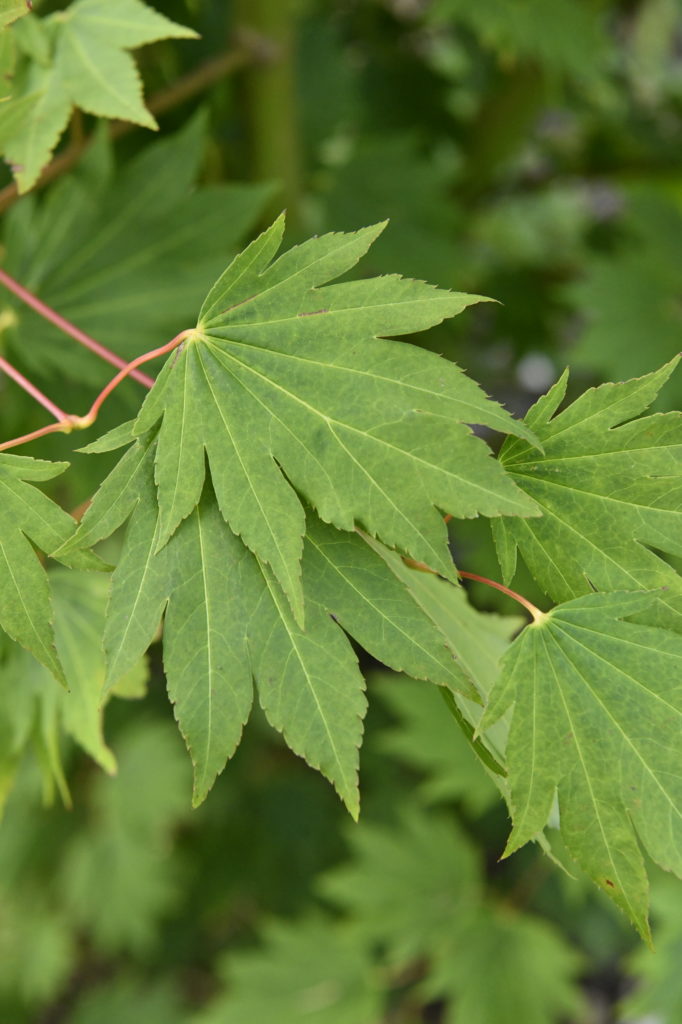
The layout and presentation of the Japanese planting here in Edinburgh is a very different to how you would find plants displayed in a Japanese Garden. Traditional Japanese Garden design express’s philosophical ideas. Every element in a Japanese garden has some significance. Here the significance is the provenance of the plants, it is a research collection of wild collected plants displayed in a naturalistic setting.
There have been seven expeditions to Japan since 2003 and across the four Gardens there are 531 species and 4731 plants of Japanese origin. New introductions broaden the Genetic base of cultivated material available for research and conservation.
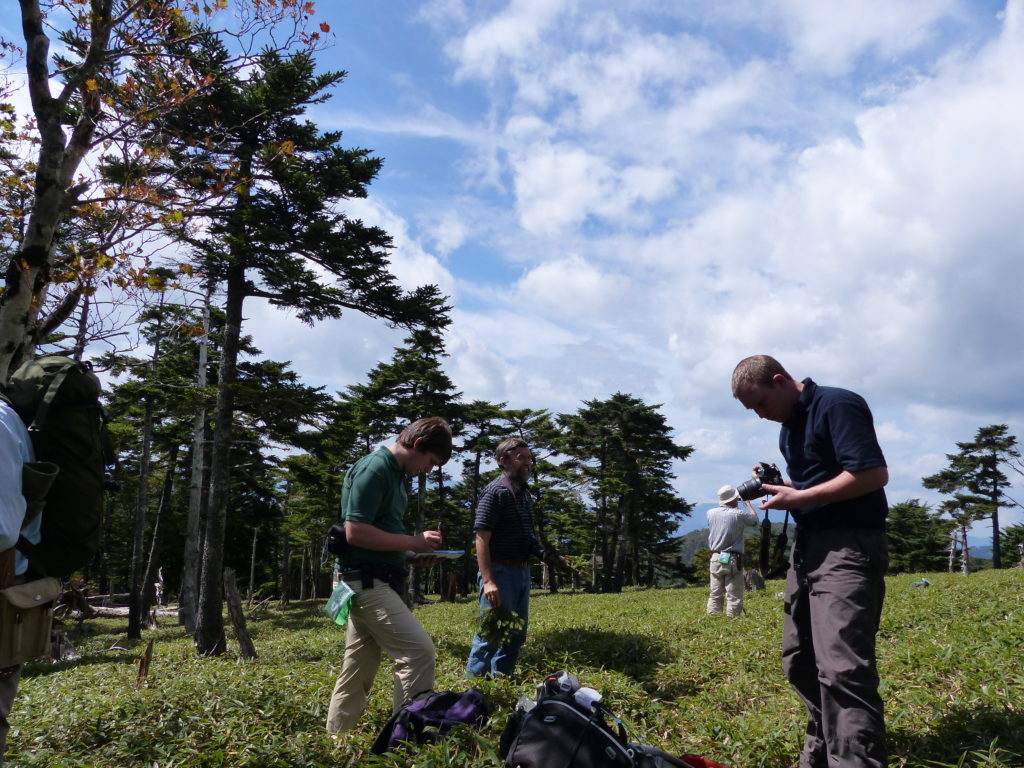
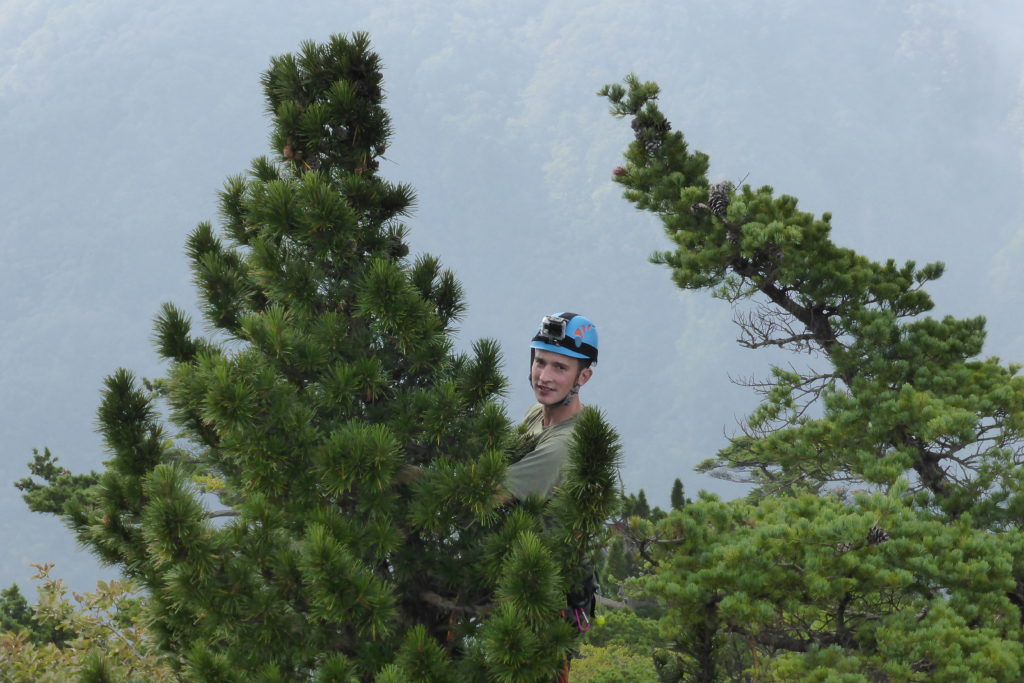
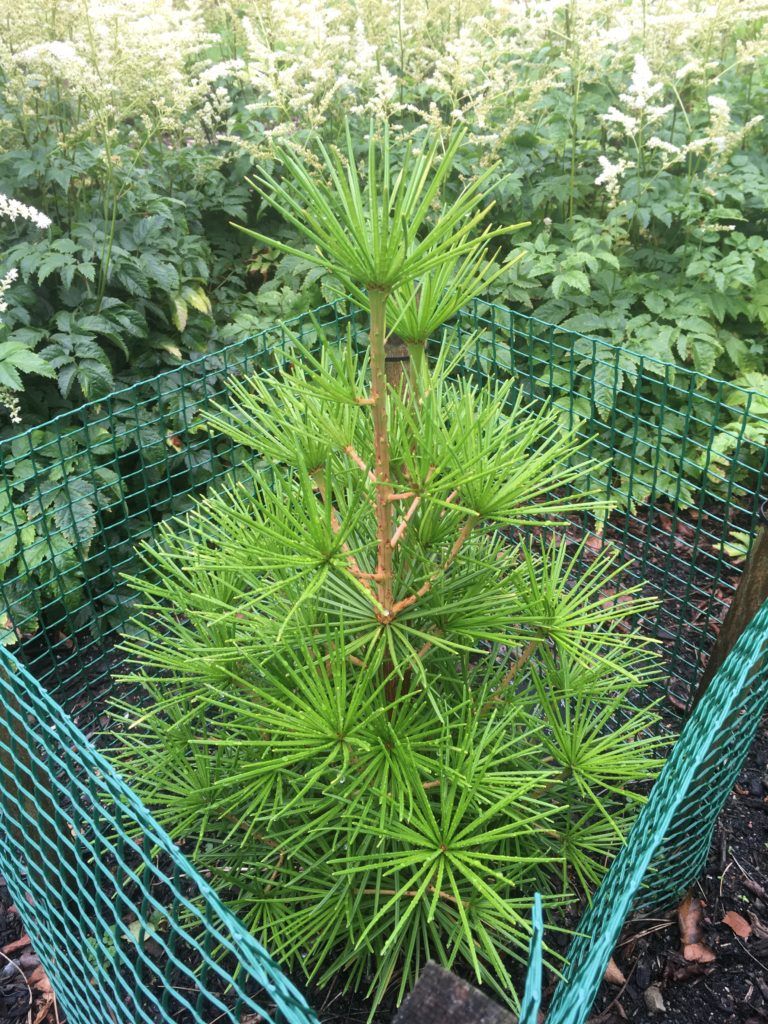
Some of the plants of of great conservation importance. We are growing young plants of the critically endangered Picea Koyamae. Endemic to Central Honshu in Japan where a total population of less than 1000 individuals occur on two mountains these were grown from seed collected in 2013 and are part of a wider programme bringing new material of threatened conifers into cultivation for conservation and research. The International Conifer Conservation Programme. It is very rewarding to see these trees establishing in the garden.
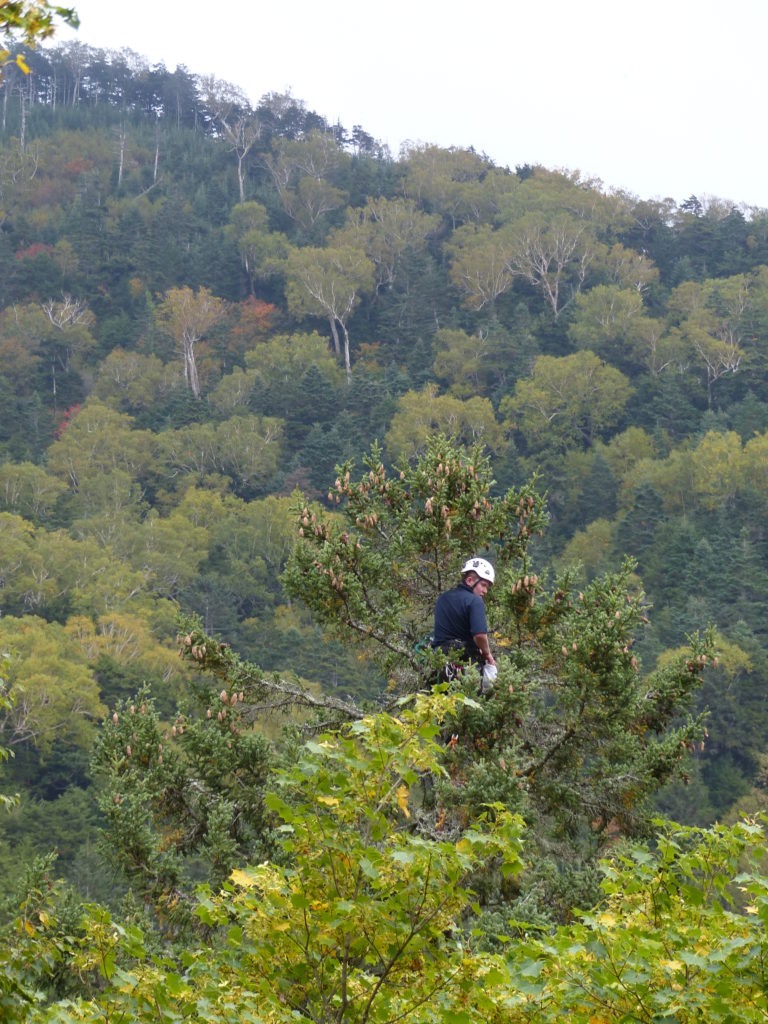
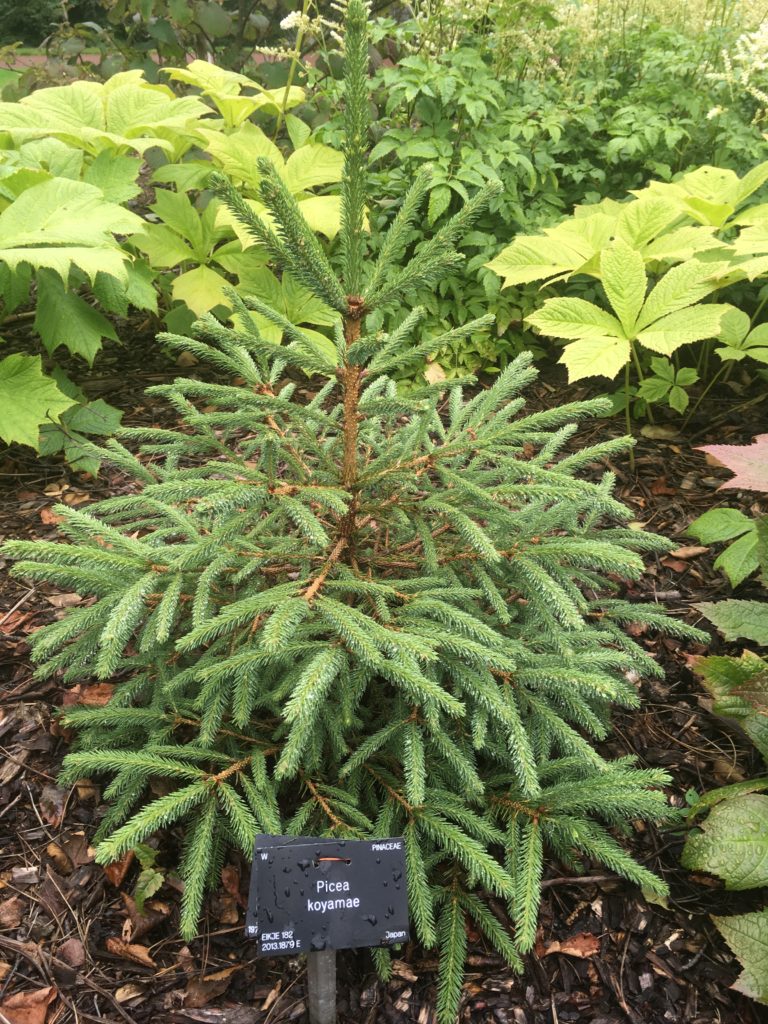
The Japanese collection is not confined to one place and you will find Japanese plantings throughout the garden. Of particular interest is the planting of Magnolia stellata on the Oak lawn.
Magnolia stellata is native to a small area of central Honshu, Japan. This is the only place wild plants are found, we call this an endemic. Endemics can easily become endangered or extinct if their restricted habitat changes. The plants in this bed are conservation collections grown from seed of the wild plants. Because these are grown from wild collected seed you will see variation in the flowers between individual plants.
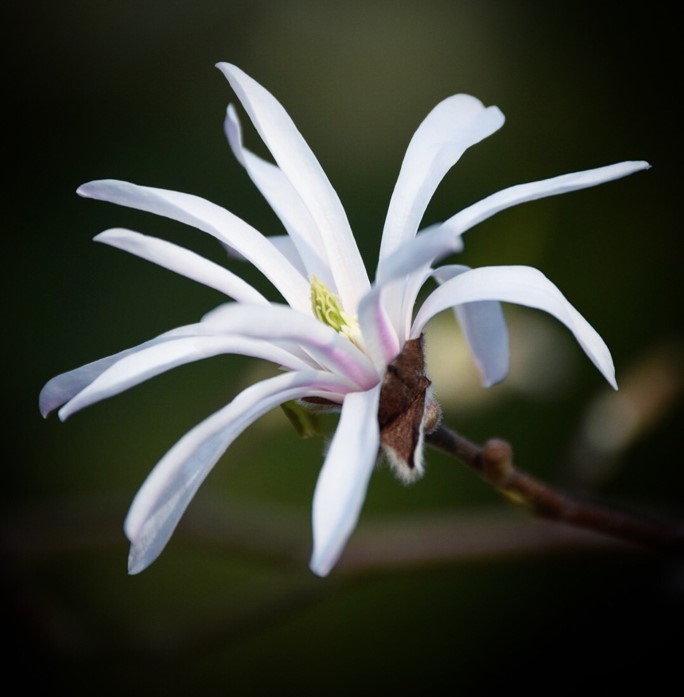
Magnolia stellata is a great shrub for small gardens it flowers in March to April reliably producing a spectacle of small fragrant white flowers. It has been grown in the UK since 1877.
The Magnolia family is an ancient, but distinctively specialised offshoot in the diversification of flowering plants. Fossil records allow the descendants of the Magnolia that live today to be traced back 95 million years. That’s 85 million years before the early apes! Magnolia stellata is listed as endangered by the IUCN
In 2017 we planted a grove of Cryptomeria Japonica in the upper woodland area you can read about the planting here. The trees have established well, have put on excellent growth over the last three years and I am happy to report all have survived as you would hope!
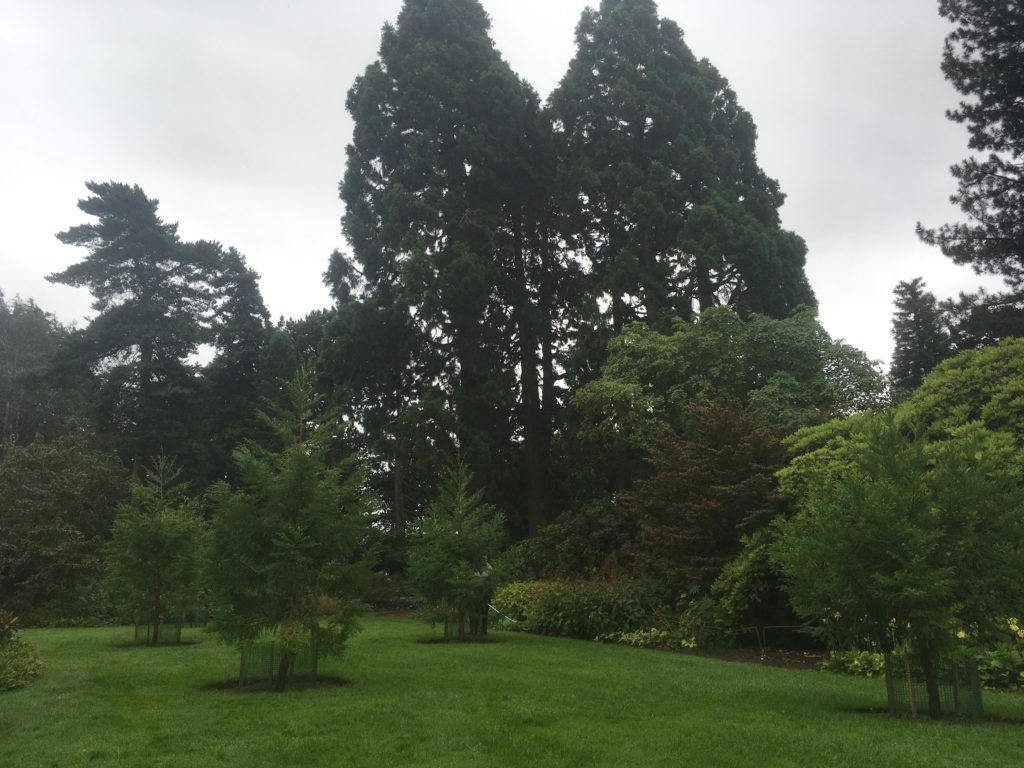
Probably the oldest tree from Japan in the collection is this wonderfull Phellodendron lavallei. This particular tree was grown from seed that we received from Ernest Wilson via the philanthropist Sir John Stirling-Maxwell on the 6th may 1919 making the tree over 100 years old
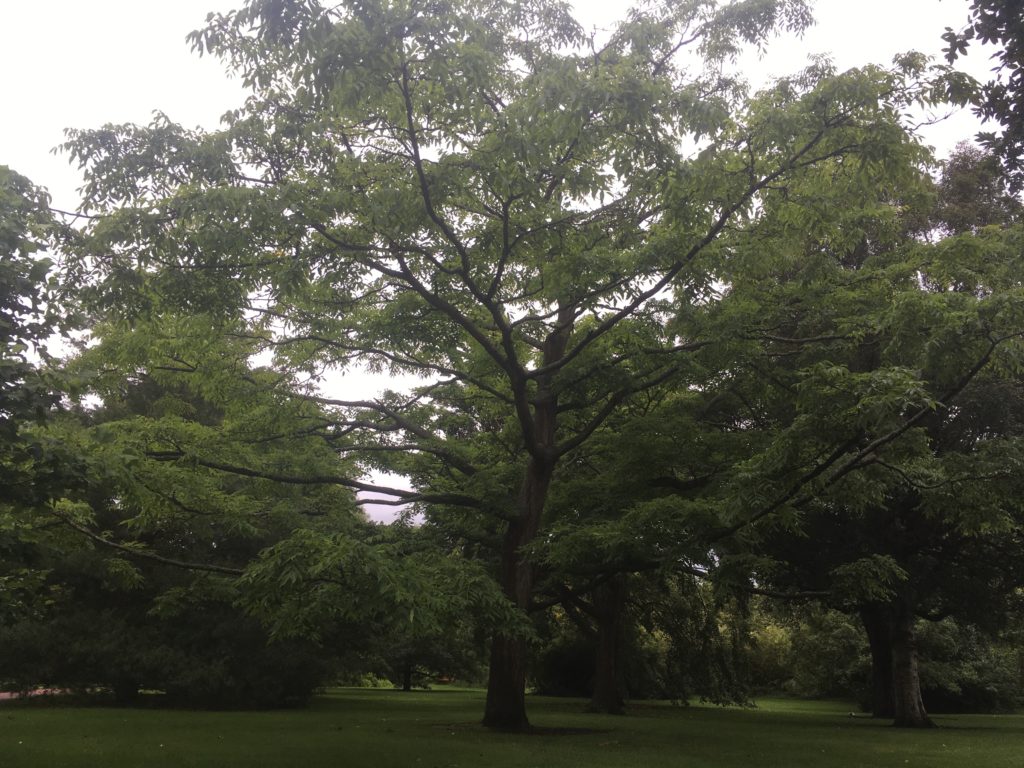
Our old Kalopanax septemlobus has been in the collection since 1934 and was aquired from Sun Yat Seng Memorial Park in China, this is quite an unusual tree in UK Aboreta. Recent introductions from Japan mean we can continue to represent this species in the collection.
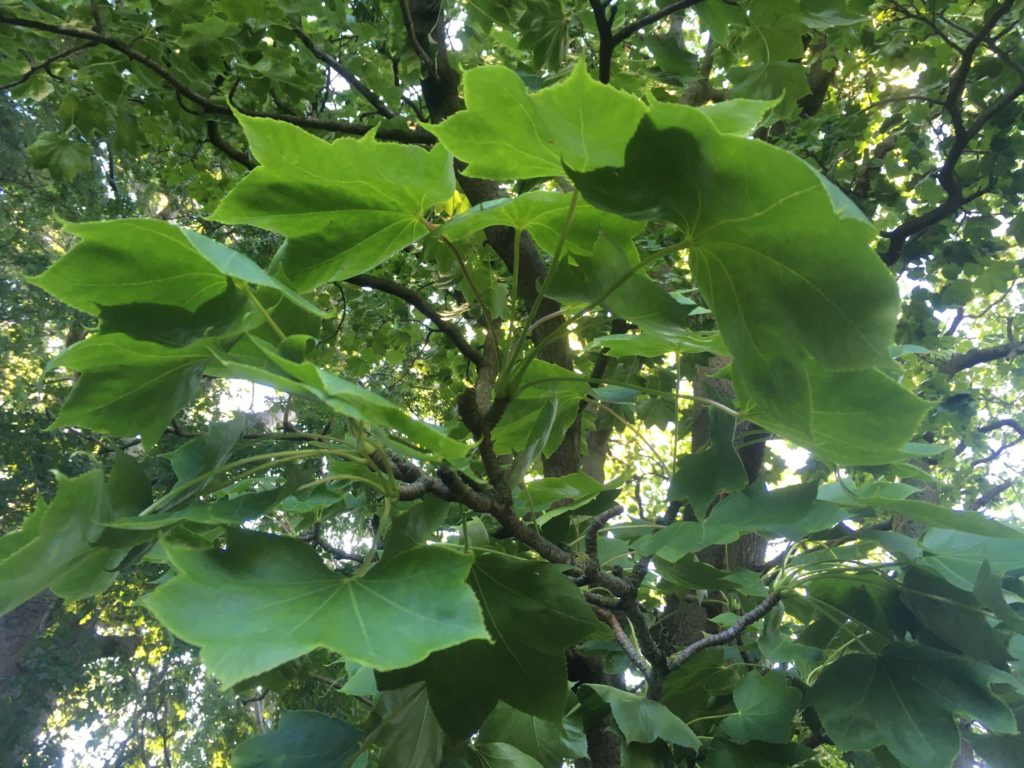
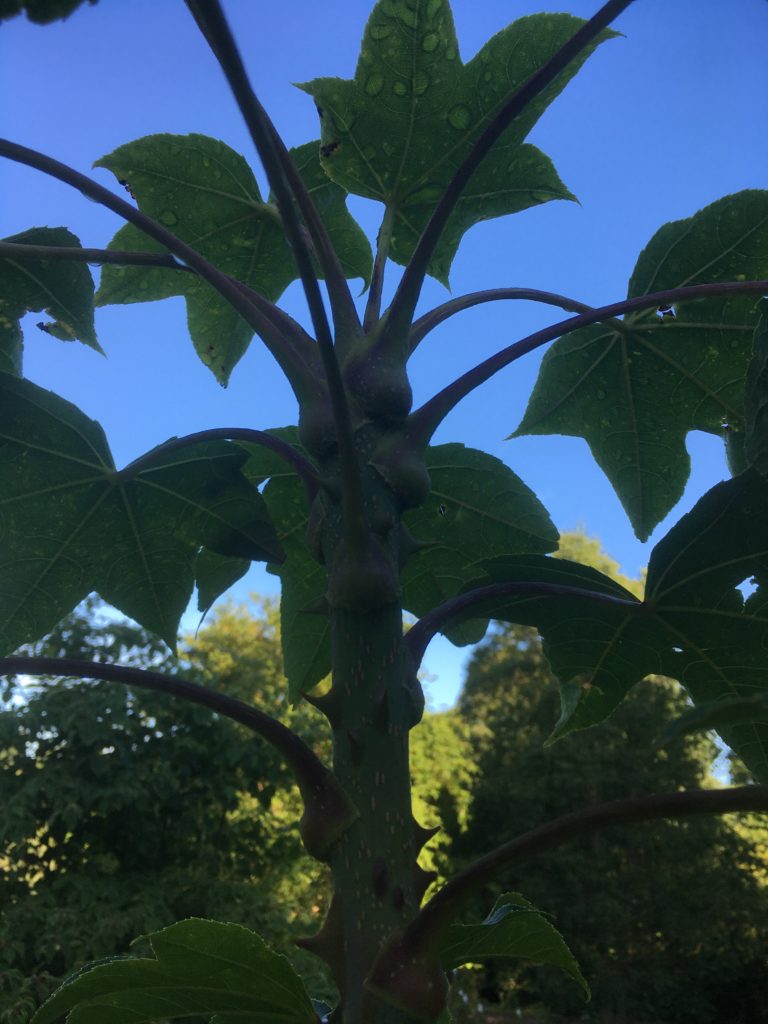
I could continue! I didnt even really talk about Ginkgo’s! The japanese collection is full of great garden plants and a major component of the outdoor living collection at the Royal Botanic Garden Edinburgh. Come and visit these amazing trees as they grow.
To find out more about the collection you can search the Catologue of the Living Collection or better still come and visit one of our gardens.
